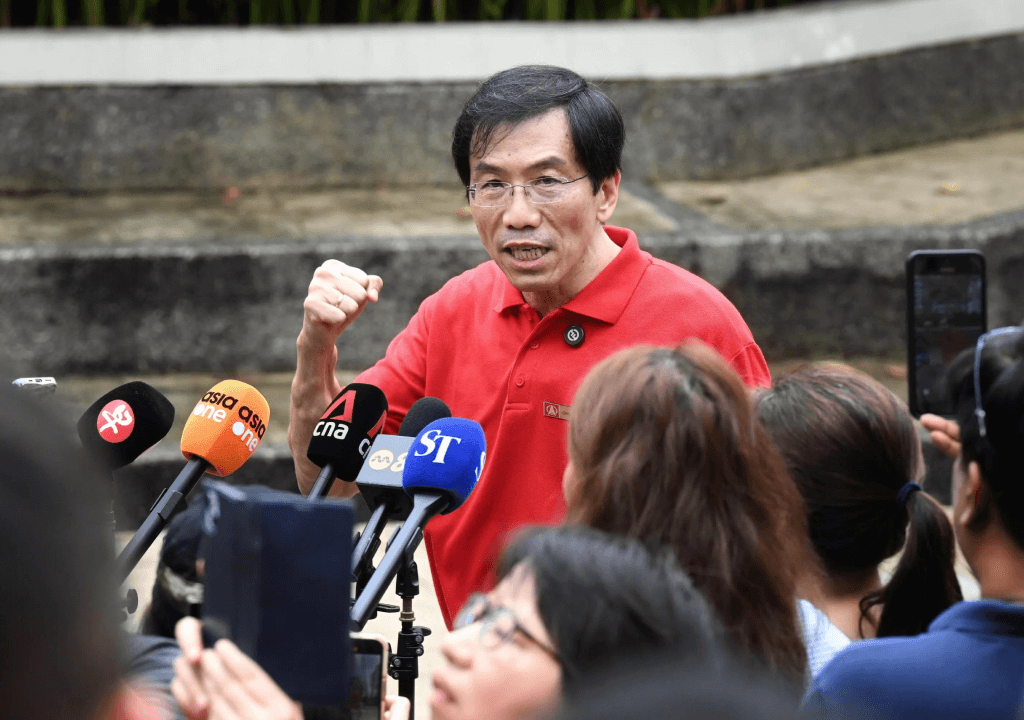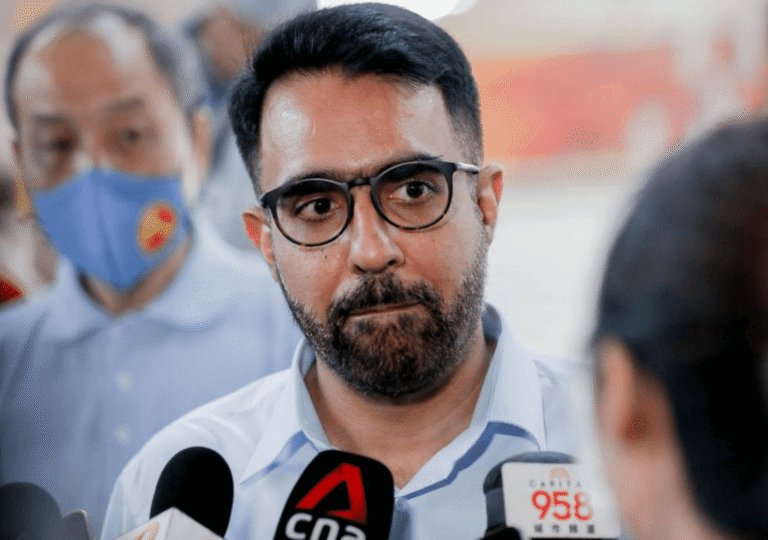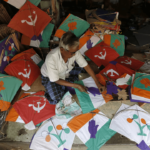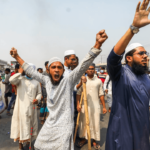For years, international critics have voiced concerns about Singapore’s electoral system, highlighting issues like gerrymandering and the entrenched advantages of the ruling People’s Action Party, which has governed since independence. Despite these criticisms, opposition parties have largely responded cautiously.
But now, signs of change are emerging.
Workers’ Party leader Pritam Singh recently acknowledged issues with the system, though he did not pursue the matter as a formal campaign.
In a more direct move, the Singapore Democratic Party (SDP), a liberal opposition party, has launched a petition calling for electoral reform. The initiative was announced by party leader Chee Soon Juan on May 18, during a volunteer appreciation dinner held at The Legacy at One North.
Although the SDP holds no seats in Parliament, the party says this petition marks the beginning of a broader campaign to push for changes to what it sees as an unfair system.
What does the petition say?
The petition outlines six proposed reforms to Singapore’s current electoral system. Among them are a minimum three-week campaign period and a mandatory six-month interval between electoral boundary changes and the dissolution of Parliament. This timing issue has been a major point of criticism, including during the most recent general election.
Even an established party like the Singapore Democratic Party (SDP) found it difficult to prepare for the sudden changes in electoral boundaries followed almost immediately by the calling of elections. The party contested four constituencies in the 2025 General Election but failed to win any.
Speaking at a press conference before a volunteer appreciation dinner, SDP leader Dr. Chee Soon Juan said that the short notice did not give voters enough time to fully engage with key national issues. He added that the party had repeatedly received similar feedback, especially from younger voters who are just beginning to understand how the electoral process works.
Other key proposals in the petition include removing the Elections Department from the Prime Minister’s Office, abolishing the Group Representation Constituency (GRC) system, and reviewing the Newspaper and Printing Presses Act. Which all work in favor of the ruling party.
SDP is looking to revive
While the petition is a much-needed move in Singapore politics, it is also seen as a way for the Singapore Democratic Party (SDP) to revive itself after years of limited success in Singaporean politics. Founded in 1980, the SDP reached its peak in 1991, and evolved as a leading voice for liberal, center-left policies. However, it was eventually pushed out of mainstream politics because of struggle in leadership and lack of public appeasing campaigns.
The party faced a setback in the most recent election too by falling to fifth place in terms of total vote share. Dr. Chee narrowly missed securing a Non-Constituency Member of Parliament (NCMP) seat, after garnering 46.82 percent of the vote in Sembawang West Single Member Constituency. His head-to-head contest with the People’s Action Party’s Ms. Poh Li San was the third-closest in the election.
However, the SDP remains hopeful about making a comeback in the next election and is determined to tackle what it sees as the fundamental problems in Singapore’s political system. To rise and lead, one must first confront the heart of the storm.
The petition is part of the SDP’s broader campaign, “Renew, Rebuild, Reignite,” which was launched ahead of the 2030 General Election. Alongside the petition, the party plans to increase engagement with young voters. Dr. Chee Soon Juan, the party leader, also intends to publish a book aimed at younger audiences.
The SDP aims to connect with university students through dialogue sessions on campuses and by leveraging social media platforms. Dr. Chee highlighted the importance of educating younger voters about Singapore’s political landscape and current affairs, noting that this engagement is crucial.
Dr. Chee urged supporters to take an active role in the party’s efforts, warning against complacency. He emphasized the need to avoid retreating into comfort zones or remaining silent for several years only to face disappointing election results again. Instead, he called for active participation to bring about the desired political change.
Will it follow up?
While the Singapore Democratic Party’s (SDP) move is widely seen as a bold and much-needed step to revive political discourse in Singapore—long demanded by advocates of democratic reform—it has also drawn some criticism. Detractors argue that the initiative may end up as just another symbolic gesture with little follow-through. Notably, Dr. Chee Soon Juan did not specify how many signatures the party hopes to collect for the petition or what concrete actions it plans to take afterward.
Despite this, members of the party remain optimistic. Muhammad Aqmal Harris, a member of the SDP’s youth wing, the Young Democrats, emphasized that the petition is not meant to be a “Sign it and forget it” effort. Instead, he described it as the beginning of a larger movement—intended to spark conversation, serve as a rallying point, and evolve with public input.
Ariffin Sha, who was part of the SDP team contesting Marsiling-Yew Tee GRC, echoed this sentiment. He said the main goal is to initiate a serious national discussion on electoral reform. He also noted the encouraging interest shown by many young Singaporeans, including those not yet eligible to vote, suggesting a growing political awareness that gives the party hope for meaningful engagement in the future.
If the SDP stirs hearts and makes this cause a rallying cry, it may breathe new life into its own path—and cast a brighter light on Singapore’s political sky.







